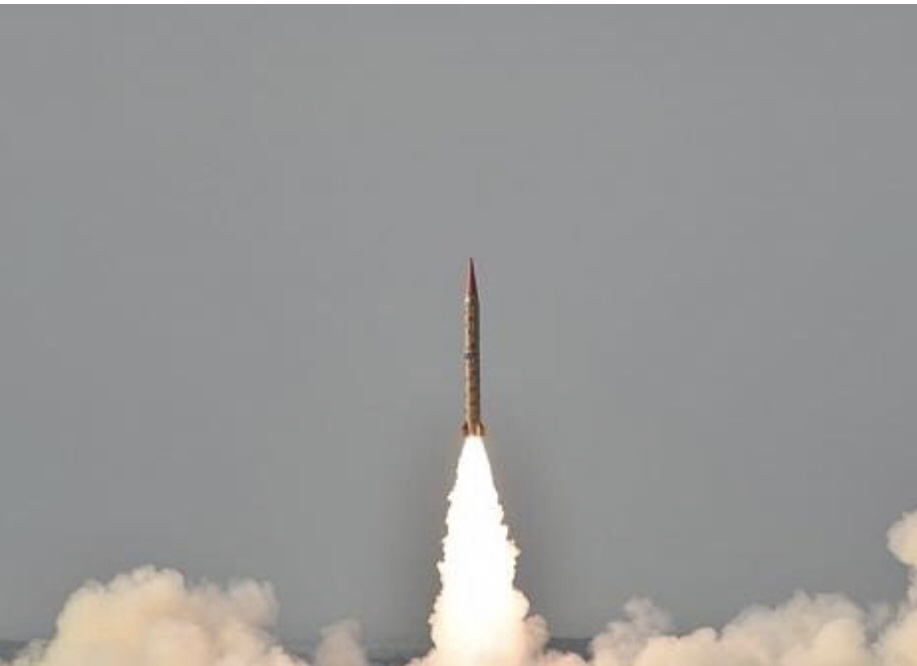 World’s nuclear arsenal down but risk of nuclear conflict up: SIPRI | Euronews
World’s nuclear arsenal down but risk of nuclear conflict up: SIPRI | Euronews
The global nuclear arsenal has slightly decreased in the past twelve months, according to the Stockholm International Peace Research Institute (SIPRI), but the risk of nuclear conflict has risen.
„There is a new type of arms race, not about the quantity of warheads but about technologies,“ Hans M. Kristensen, an associate senior fellow with the SIPRI Disarmament, Arms Control and Non-proliferation programme, told Euronews.
The global security thinktank estimates in its latest report released on Monday that the nine states with nuclear arsenals — the US, Russia, the UK, France, China, India, Pakistan, Israel and North Korea — possessed a collective 13,865 nuclear weapons at the beginning of 2019, down from 14,465 a year before.
‚Tactical war‘
This is partly due to nuclear weapon-possessing states‘ efforts to modernise their arsenal due to a shift in strategy.
„We are no longer in the classic strategy of deterrence by the accumulation of nuclear warheads,“ said Kristensen.
„Now they have embarked on a tactical war„, he added, whereby the different states „set out new scenarios“ to develop technologies and weapons.
For instance, Russia is developing weapons capable of circumventing the US anti-missile shield, while the United States is working on developing new short-range tactical nuclear weapons to respond to Russian challenges.
„It’s a whole new dynamic. We have seen these „tactical threats“ before, during the Cold War,“ Kristensen explained, highlighting however that „it’s not as bad as during the Cold War yet“.
The US withdrawal from the Middle East Non-Proliferation Treaty and the new plans for the renewal of the nuclear arsenal that President Donald Trump has brought to Congress, as well as the conflict between Washington and Iran, are mentioned as other elements of instability in the global balance, prompting Kristensen to believe that the risk of a potential nuclear conflict has increased.
New START
The other factor explaining the decrease is the US-Russia New Strategic Arms Reduction Treaty (New START). Signed in 2010 and in force since February 2011, it limits the number of strategic nuclear weapons the two powers — which account for over 90% of all nuclear accounts — can have.
Under the terms of the treaty, each can possess up to 800 deployed or non-deployed inter-continental ballistic missile as well as deploy 1,550 warheads and 700 missile and bombers. Both Moscow and Washington said they had met the limitations by the February 2018 deadline.
However, the treaty is to expire in 2021 and negotiations to renew it have not yet begun, and are uncertain, in view of the growing differences between the two major powers.
Meanwhile, China, India and Pakistan are increasing the size of their respective arsenal with the latter two expanding their production capabilities on a scale that may lead to significant increases in the size of their arsenal over the next decade, the report notes.
France and the UK kept their inventories fairly stable over the past twelve months but are also modernising their stocks, working on submarines and enhancing capabilities and technologies.
As every year, the report denounces the lack of transparency of many powers, especially North Korea and Israel.
No comments:
Post a Comment